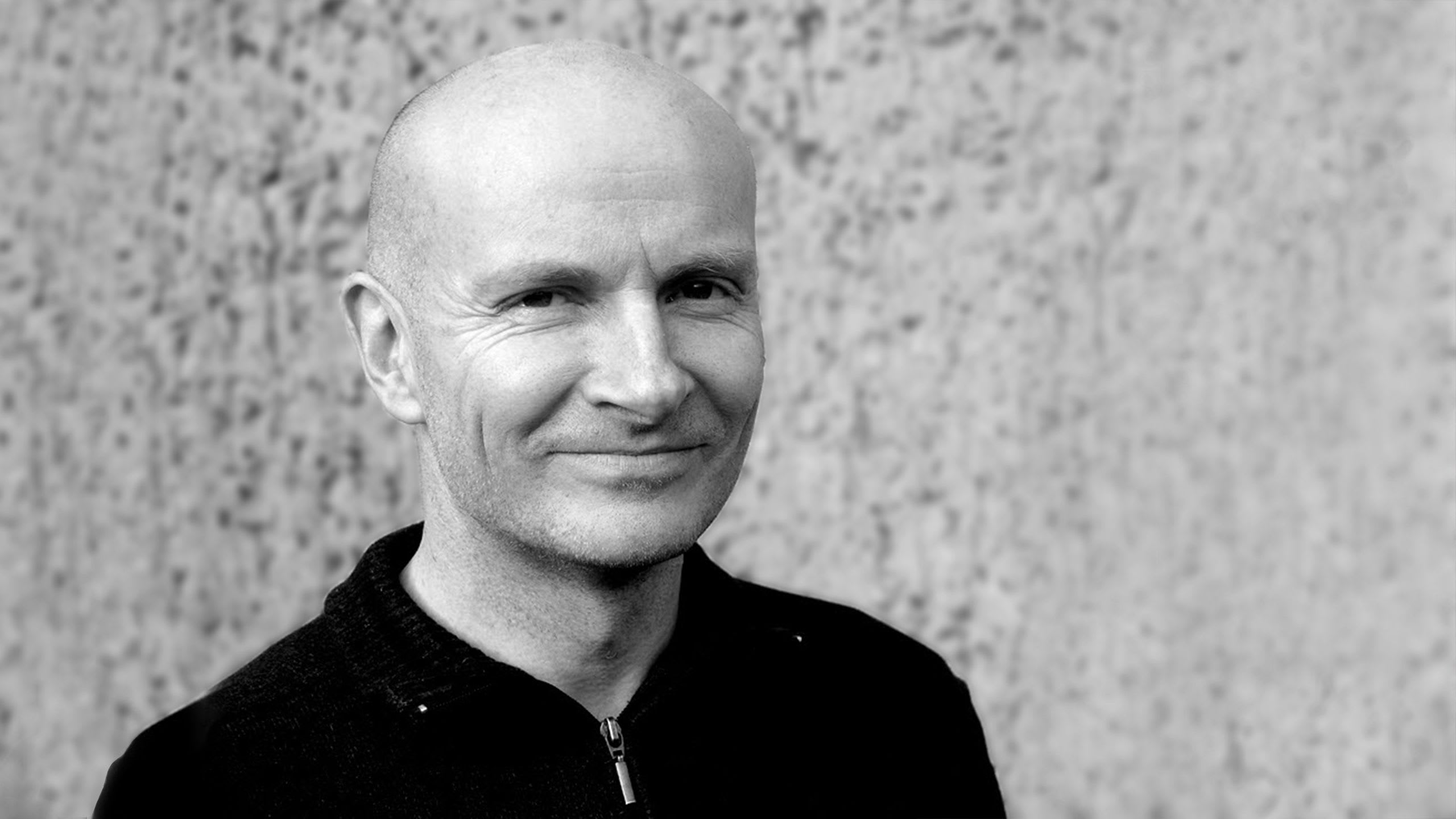Jeff Davis is an artist who uses algorithmic processes to create abstract compositions. He’s exhibited his work at Torrance Art Museum, Arizona State University, Lawrence University, the University of Minnesota, the Armory Center for the Arts in Pasadena, the Fort Collins Museum of Contemporary Art, the Center for Contemporary Art in Sacramento, and the Tucson Museum of Art. Jeff is the founder of Davis Editions, a publishing company working with leading contemporary artists to produce limited edition prints. He is also the author of two textbooks, Foundations of Design and Foundations of Color. I caught up with him to learn more about his background in art and current pursuits in crypto art ahead of his project release, Construction Token.
Erick Calderon (Snowfro): How did you first get into making art?
Jeff Davis: I actually didn’t start making art until I was in college. I went to a small liberal arts university and had to take an intro studio art class to fulfill a requirement. I really enjoyed it and decided to take another art course the following semester. And then another, and another, until I was eventually figuring out how to add an art major on top of the math major I was already pursuing. When I graduated, I felt like I was just getting started with my art journey, so I went straight to grad school at the School of the Art Institute of Chicago where I got my M.F.A. in painting and drawing.

EC: When did you start pursuing digital and generative art?
JD: My artmaking practice up until about 1999 was focused on painting and fine art printmaking. I had taught myself how to use Photoshop and Illustrator while in grad school thinking that might be useful in terms of getting a design job, while I was gaining experience toward my ultimate goal of teaching at the college level. I was never quite happy with the slight imperfections that are unavoidable in painting, and printing technology eventually got to a point where I felt comfortable transitioning my art to large scale digital prints. The generative part of my practice actually came another ten years after that (yes, I’m old). After my children were born, artmaking became a lower priority in my life as I wanted to spend as much time as I could with my young family. Once the kids were a little older, I decided to turn back to my art practice but found that I was sort of stuck creatively. So I started exploring the idea of chance and how it could be used to generate non-representative work. I first started by creating tables of randomized data in Excel that I would use to make decisions in building geometric compositions in Illustrator. After a while that seemed silly and inefficient, so I looked for ways to automate that process. That’s when I discovered Processing, which has been my tool of choice since.

EC: How did you discover NFTs/crypto art?
JD: To be honest, I don’t actually remember. I think maybe KnownOrigin started following me on Twitter which perked my interest and so I did some research. I ended up applying to SuperRare and getting accepted in 2019. I had no idea what I was doing and minted a few works of art here and there over the next year. Then later in 2020, I decided to make a more concerted effort to establish myself as a crypto artist with my Abstract Token series. I’m guessing that’s how you discovered me, which is what eventually led to my first Art Blocks project.

EC: Describe how you were feeling leading up to, during, and after your Art Blocks drop. How did you feel about the response to your project?
JD: I mean it was all pretty surreal. As you know, we were kicking things around for about two months before Art Blocks officially launched. You emailed late on Thanksgiving to let me know that Art Blocks was deployed on mainnet and asked if I wanted to get things ready to launch on Black Friday. I basically woke up to that message the next day, got on my computer, put in the remaining details, and unpaused the project along with you and DCA. Thinking that we’d hopefully sell a few over the weekend. Then the first sales started coming in. I have Zerion installed on my phone which gives a notification every time there is a successful transaction. It just started lighting up for the next two hours until the entire project was sold out. I know that seems like an eternity compared to current Art Blocks drops, but I was so humbled and grateful that there was such an interest in both my work and the Art Blocks platform. I was truly shocked, I had never experienced anything like that before.
EC: What are you working on currently that you’d like to share?
JD: I’m doing my best to keep it under wraps, but I have a little something brewing for the Artist Playground when it opens up. I’ve been describing it as my love letter to color.
EC: What’s the best way for people to follow your work?
JD: I’m most active on Twitter as it relates to my crypto activity. Maybe a little too active. I also try to keep an art feed going on Instagram, and you can find a full portfolio of my artwork on my website. And I goof around quite a bit in the Art Blocks Discord. My kids are shocked that their dad even knows what Discord is.
First published 07 February 2021: Catching up with Jeff Davis



